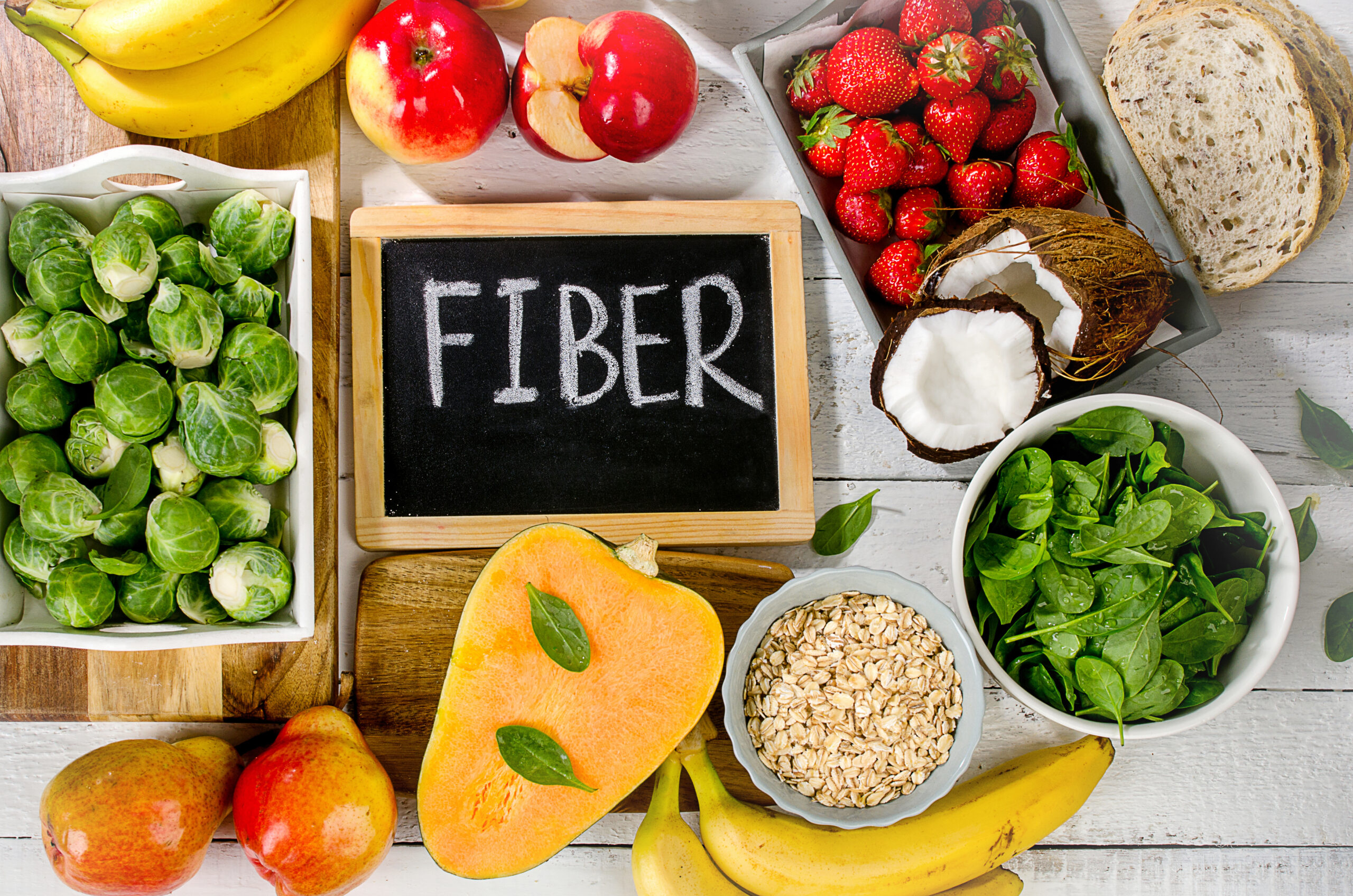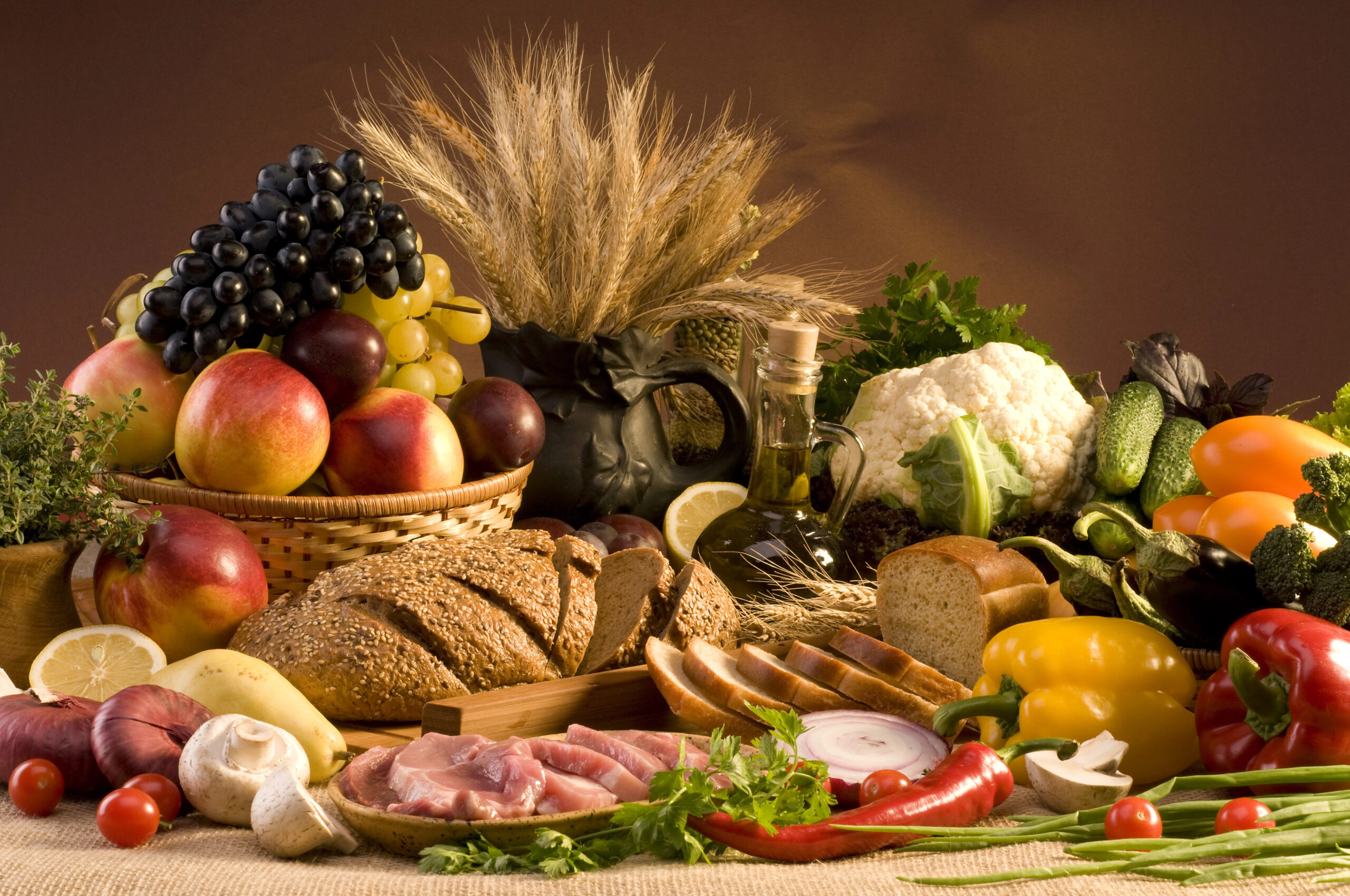In a world where fast food and processed meals often dominate our plates, it’s easy to overlook the importance of fiber in nutrition.
Yet, fiber is not just a mere component of our nutrition; it’s a vital ally in our journey toward health and wellness.
Imagine feeling more energized, maintaining a healthy weight, and reducing your risk of chronic diseases—all simply by incorporating more fiber into your meals.
Understanding the importance of fiber can transform your health, making it an essential topic for every woman over 50 to embrace.
What is Fiber?
Fiber is a type of carbohydrate that our bodies cannot digest. It exists in two primary forms: soluble fiber and insoluble fiber.
Soluble fiber dissolves in water, forming a gel-like substance that can help lower blood cholesterol and stabilize blood sugar levels.
It can be found in oats, beans, apples, and citrus fruits. This type of fiber is beneficial for heart health and blood sugar regulation.
Insoluble fiber, on the other hand, does not dissolve in water and helps add bulk to our stool, promoting regular bowel movements.
It’s abundant in whole grains, nuts, and vegetables, playing a crucial role in digestive health.
Both types are crucial for a balanced diet, providing distinct health benefits that every woman should know.
Health Benefits of Fiber
Digestive Health
One of the primary benefits of fiber is its significant impact on digestive health.
By adding bulk to your stool, fiber helps prevent constipation and promotes regular bowel movements.
This is particularly important for women over 50, as hormonal changes can affect digestive function.
A fiber-rich diet can also reduce the risk of developing diverticular disease, hemorrhoids, and other gastrointestinal disorders, ensuring that your digestive system functions optimally as you age.
Additionally, fiber feeds the beneficial bacteria in the gut, promoting a healthy microbiome that is vital for overall health.
Weight Management
Fiber plays a crucial role in weight management.
Foods high in fiber tend to be more filling, which can help you feel satisfied longer and reduce the likelihood of overeating.
By incorporating fiber into your meals, you can better manage your appetite and maintain a healthy weight, which is particularly important for women over 50 navigating hormonal changes.
High-fiber foods often require more chewing and take longer to eat, which can slow down your eating pace and allow your brain to register fullness.
This can lead to healthier eating habits and a balanced weight.
Heart Health
The heart is one of the most vital organs in our bodies, and fiber is an essential protector.
Consuming an adequate amount of fiber can help lower LDL (bad) cholesterol levels, thereby reducing the risk of heart disease.
Soluble fiber, in particular, binds with cholesterol in the digestive system and helps eliminate it from the body.
By choosing fiber-rich foods, you not only nourish your body but also safeguard your heart health for years to come.
Studies have shown that higher fiber intake is associated with lower rates of heart disease, reinforcing the importance of incorporating fiber into your daily diet.
Blood Sugar Control
For those concerned about diabetes or blood sugar levels, fiber is a powerful ally.
It helps slow down the absorption of sugar in the bloodstream, leading to more stable blood sugar levels.
This is particularly crucial for women over 50, who may be at a higher risk of developing type 2 diabetes.
By incorporating fiber into your diet, you can significantly reduce the risk of developing insulin resistance and support overall metabolic health.
Foods high in fiber, such as whole grains and legumes, have a lower glycemic index, making them ideal choices for maintaining balanced blood sugar levels.
Recommended Daily Intake of Fiber
The recommended daily intake of fiber varies based on age and gender. For women over 50, the guideline suggests aiming for about 21 grams of fiber per day.
In contrast, women aged 50 or younger should aim for 25 grams daily.
For men, the recommendation is 38 grams per day if they are 50 or younger and 30 grams per day for those aged 51 or older.
However, many individuals fall short of these targets, often consuming only half of the recommended amount.
To boost your fiber intake, consider gradually increasing your consumption of fruits, vegetables, whole grains, and legumes.
It's essential to make these changes slowly and drink plenty of water to help your digestive system adjust to the increased fiber intake.

High-Fiber Foods to Include in Your Diet
Incorporating high-fiber foods into your meals doesn’t have to be complicated. Here are some delicious options to consider:
- Fruits: Apples, pears, berries, and bananas are not only tasty but also fiber-packed.
Berries, in particular, are rich in antioxidants and can provide additional health benefits. - Vegetables:
Broccoli, carrots, Brussels sprouts, and artichokes provide excellent fiber sources.
Adding a variety of colors to your vegetable intake ensures a broad spectrum of nutrients. - Whole Grains: Choose whole-grain bread, brown rice, quinoa, and oatmeal over refined grains for a fiber boost.
Whole grains retain their bran and germ, making them more nutritious. - Legumes: Beans, lentils, and chickpeas are not only rich in fiber but also provide protein and essential nutrients, making them a great addition to your diet.
By creatively incorporating these foods into your meals, you can effortlessly increase your fiber intake and enjoy a variety of flavors.
Fiber and Disease
In addition to promoting digestive health and weight management, fiber plays a significant role in reducing the risk of various diseases.
Research has shown that a high-fiber diet can lower the risk of developing certain cancers, particularly colorectal cancer.
Fiber helps maintain a healthy gut environment, potentially reducing inflammation and promoting cellular health.
Moreover, diets rich in fiber have been associated with lower risks of stroke and hypertension, making fiber a crucial component of disease prevention strategies.
Common Myths About Fiber
Despite its many benefits, there are common myths about fiber that can discourage women from increasing their intake.
One myth is that fiber is only for those with digestive issues, which is not true.
Fiber is beneficial for everyone, regardless of digestive health, and should be a staple in every diet.
Another misconception is that fiber-rich foods are bland or unappealing.
In reality, there are countless delicious ways to enjoy high-fiber foods that can satisfy your taste buds while promoting health.
Embracing a high-fiber diet can open up new culinary experiences and flavors.
Fiber Supplements
For some, achieving the recommended daily intake of fiber through diet alone can be a challenging thing in our nutrition. In such cases, fiber supplements can be a helpful addition.
Available in various forms, such as powders, capsules, and chews, these supplements can provide a convenient way to increase your fiber intake.
However, it’s essential to approach supplements with caution.
Whole foods are generally the best source of fiber, as they offer additional nutrients and health benefits that supplements cannot replicate.
If considering a fiber supplement, consult with a healthcare professional to determine the most suitable option for your needs.
How to Increase Fiber in Your Diet
If you’re looking to add more fiber to your diet, here are some practical tips:
- Start Your Day Right: Look for a high-fiber breakfast by choosing oatmeal topped with fruits or whole-grain toast. You can also add seeds or nuts for an extra crunch.
- Snack Smart: Swap out chips and cookies for nuts, seeds, or fresh fruit as snacks. Keep fiber-rich snacks handy to avoid unhealthy temptations.
- Read Labels: When shopping, look for products labeled “whole grain” or “high fiber” to ensure you’re making the right choices. Familiarize yourself with food labels to make informed decisions.
- Add Veggies: Include vegetables in every meal, whether in salads, soups, or as side dishes. Experiment with different cooking methods to keep things interesting.
By implementing these simple strategies, you can significantly boost your fiber intake and enhance your overall nutrition.
Conclusion
In summary, the importance of fiber in nutrition cannot be overstated. It plays a pivotal role in digestive health, weight management, heart health, blood sugar control, and disease prevention.
By prioritizing fiber-rich foods, you can pave the way for a healthier, more vibrant life.
Thank you for reading! We encourage you to save our site in your bookmarks and share this article if you found the information helpful.
Don’t forget to check out our Nutrition section here on Woman Vitality for more articles just like this one.
Your health journey is important, and we’re here to support you every step of the way!
References
Fiber. (2024, May 9). The Nutrition Source. https://nutritionsource.hsph.harvard.edu/carbohydrates/fiber/#:~:text=Fiber%20helps%20regulate%20the%20body%27s,vegetables%2C%20legumes%2C%20and%20nuts.
Dietary fiber: Essential for a healthy diet. (2022, November 4). Mayo Clinic. https://www.mayoclinic.org/healthy-lifestyle/nutrition-and-healthy-eating/in-depth/fiber/art-20043983

Leave A Comment